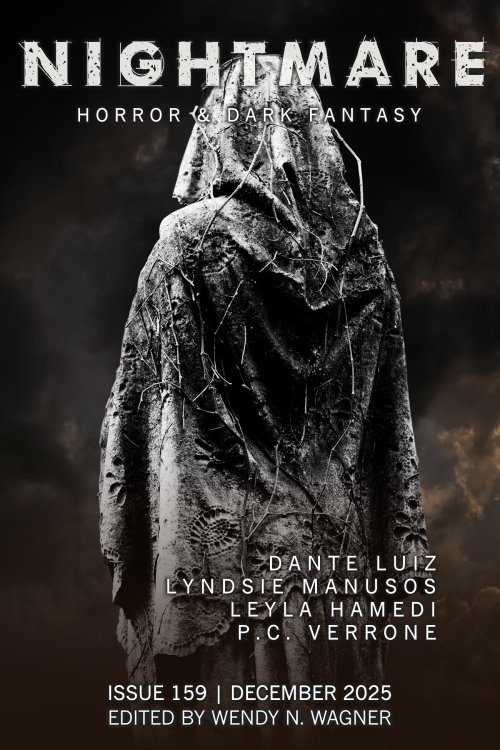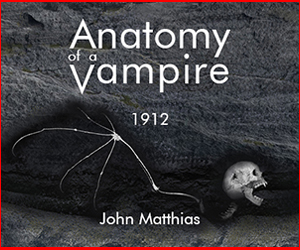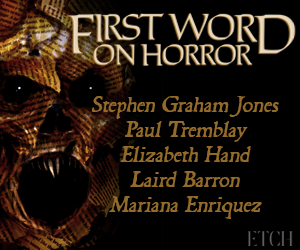On the evening of January 14, 2021, Corey Johnson was placed on a cross-shaped gurney in the death chamber of the Federal Correctional Complex in Terre Haute, Indiana. He was strapped down, fitted with an IV, and asked if he had any last words. “No, I’m okay,” Johnson said, before adding, a moment later, “Love you.”
As the drugs started to flow, Johnson lifted his wrist slightly to wave at someone in the observation chamber. For several minutes he tried to speak, mumbling and struggling to control his muscles until, finally, he succumbed to the paralytic agent that is routinely administered as part of the lethal injection cocktail. Johnson remained paralyzed, his mouth dangling agape, for the twenty minutes it took for him to die.
Several reporters described the execution in detail, offering some insight into the prevailing mood in the observation chamber that night. Apparently, the pronouncement of Corey Johnson’s death was met with applause and whistling.
I’ve read eyewitness accounts of hundreds of executions while researching a forthcoming book about the last meals of the condemned. It seems rare for an execution to be greeted with cheering, but it happens more than one might expect. I find this reaction interesting, because it nods to an aspect of the capital punishment debate that isn’t captured by the standard arguments about deterrence or retribution or closure for the victims.
The story of Johnson’s death lays bare an uncomfortable truth: all that’s needed to repackage the death of a human being as entertainment is a plausible reason to believe the victim had it coming. For many of us, violence—as long as it’s retributive—intuitively feels cathartic and righteous; it’s something to be applauded. It would be irresponsible to claim that there’s no difference between administering a lethal injection in front of a few dozen witnesses, versus hanging a convict for an audience of 20,000 jeering onlookers; however, it would also be naive to pretend that these two scenarios don’t exist on the same continuum—the distinction is only a matter of scale.
The moral logic and spectacle of retributive violence are deeply ingrained in our culture and in the media we consume. The plot of a great many mainstream action films serves little purpose beyond contriving a scenario where we can enjoy watching the protagonist kill a lot of people with a clean conscience, knowing that the victims were “bad guys” who earned their fate. These kinds of films work because they play into the audience’s preexisting biases about what justice looks like—there’s a reason that John Wick’s universe only rewards him with a new dog after he’s murdered seventy-seven people to avenge the death of his old one.
Horror films are arguably more likely to ask the viewer to sympathize with the victim than the killer; however, there is often a similar retributive moral code at work. Much has already been written about the surprisingly conservative morality of 1980s slasher films, where spectacular deaths are meted out to the teenagers who transgress against their universe’s implicit moral code by taking drugs or having premarital sex; only the Final Girl is chaste and righteous enough to escape punishment.
To be clear: violent movies are fun, and there’s clearly nothing immoral about enjoying the spectacle of on-screen mayhem. The point isn’t to draw some moral equivalence between violent media and capital punishment—clearly no such equivalence exists. The point is that the case for capital punishment asks us to accept the same flawed premise implicit in many action/horror narratives. The assumption is this: we live in a universe where moral order is possible, and violence is the tool with which balance can be restored. This premise might be wrong in every facet, but it’s easier to believe the lie and accept the collateral damage than it is to admit that, in the real world, there is often only cyclical violence and moral ambiguity. As the author of Ecclesiastes put it: what is crooked cannot be straightened.
The notion that moral order can be restored by doing violence against those guilty of some perceived moral transgression is certainly not new: this way of thinking infects much of our political discourse; it appears and reappears endlessly throughout history; and it is addressed several times in the Bible, sometimes with contradictory guidance. In all likelihood, this moral intuition is deeply rooted in human nature.
These themes are beautifully explored in Albert Camus’s The Plague. Set during an outbreak of bubonic plague in the small Algerian town of Oran, The Plague is less interested in the disease than in how the townsfolk cope with their shared trauma. Some resign themselves to death. Others look for scapegoats to blame for their suffering. And a handful of brave souls find it within themselves to fight the disease, even as they realize that their efforts might amount to nothing.
In a long monologue near the end of the book, the character Tarrou spells out The Plague’s central metaphor. He describes an incident when, as a child, he went to the courthouse with his father and watched a criminal being sentenced to death. He describes this as a “foul procedure whereby dirty mouths stinking of plague told a fettered man that he was going to die.”
This traumatic experience proved formative for Tarrou, who went on to join an organization devoted to abolishing the death penalty by any means necessary, including terrorist violence. Tarrou acknowledged the hypocrisy but found it easy to rationalize. “I was told that these few deaths were inevitable for the building up of a new world in which murder would cease to be,” he explains. Tarrou’s ultimate revelation is that, as long as they are committing murder, there is little difference between the death penalty abolitionists and the system they oppose. “I came to understand that I, anyhow, had had plague through all those long years in which, paradoxically enough, I’d believed with all my soul that I was fighting it.”
In these few quotations we see clearly what Camus meant by “the plague.” When lawyers and judges condemn a heinous criminal to death for his crimes, they speak with “dirty mouths stinking of plague.” But when Tarrou and his accomplices try to end that immoral practice using violence, they aren’t combating the plague—they’re helping it spread. For Camus, the plague is our willingness to rationalize murder and cruelty, the eagerness with which we accept the idea that the problem of violence can be solved with even more violence. We spread the plague when we justify killing, even if our intentions are noble. Camus’s plague is the underlying sickness that lets us applaud the death of someone we have convinced ourselves is evil. Moreover, Camus clearly understands this plague as something intrinsic to our species, something we all carry inside us. “No one, no one on earth is free from it,” Tarrou said.
Camus understood that justifying violence, like spreading a virus, is easy. It doesn’t require forethought or malice, only inattention and carelessness. Tarrou put it this way: “We must keep endless watch on ourselves lest in a careless moment we breathe in somebody’s face and fasten the infection on him.”
Tarrou’s insight is reflected in several iconic horror villains—Freddy and Jason, for example—whose origin stories involve acts of vengeance. In Friday the 13th, Pamela Voorhees murders negligent camp counsellors to avenge her son’s death. This act of retributive violence somehow reanimates Jason, transforming him into a supernatural monster. The fact that Jason’s killing spree goes on to span countless sequels and reboots seems a tacit acknowledgement that nothing has been solved—the cycle of violence repeats indefinitely.
It’s easy—trivially easy—to find reasons to applaud the execution of Corey Johnson. He was, after all, charged with brutally murdering seven people. Why should we offer him compassion, when he clearly had none for his victims? Doesn’t he deserve a punishment that’s proportional to his crimes? And what about the victims’ families? Aren’t they entitled to closure? Aren’t they entitled to see justice done?
Tarrou would argue that this line of thinking can only perpetuate the sickness. He understood that there is no tool available to us that might straighten what is crooked. “On this earth there are pestilences and there are victims,” he said. “It’s up to us, so far as possible, not to join forces with the pestilences.”









